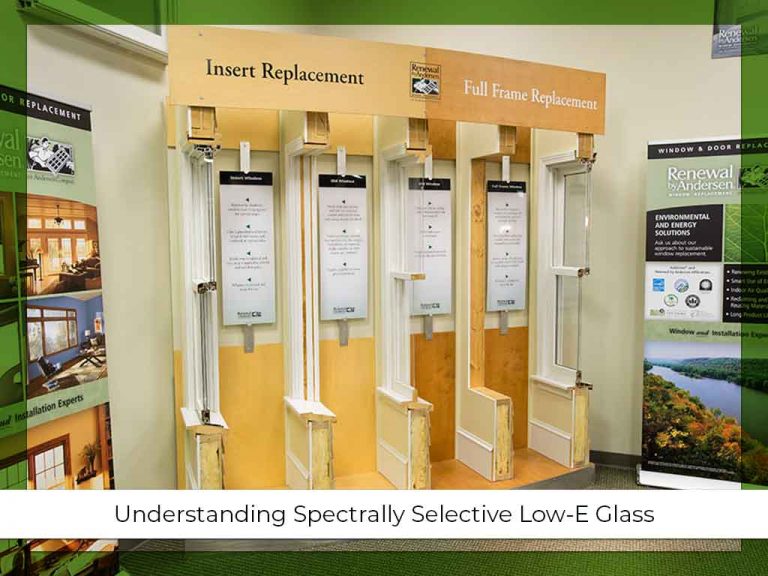MENU


Short for low-emissivity, Low-E coatings – specifically spectrally selective ones – are a prerequisite for energy-efficient windows. Applied to the interior surface of the outer glass of a dual-pane window, they minimize the flow of heat from one place to another.
To appreciate how replacement windows with spectrally selective Low-E coatings will benefit you, Renewal by Andersen® of San Francisco explains the things they do best:
Trapping Indoor Heat
Emissivity refers to the ability of the glass to reradiate the energy it absorbs. The higher it is, the more heat it transmits to the outside. Thus, Low-E glass keeps thermal transfer to a minimum. Its emissive property is relative to the window’s U-factor. According to the National Fenestration Rating Council, a window’s U-factor should be as low as possible.
Reflecting the Sun’s Infrared Rays
Apart from insulating indoor heat, Low-E glass also restricts the entry of the sun’s infrared light into your home. Its reflective prowess helps your interior stay pleasantly cool, especially during the hottest days, eliminating the need to turn up the AC.
Its reflective property is relative to the unit’s Solar Heat Gain Coefficient (SHGC). Like the U-factor, lower SHGC values are best. But then again, the interplay between the U-factor and SHGC determines the energy efficiency of replacement windows. Each climate zone has unique energy performance minimums and maximums.
For instance, homes in the 94016 zip code must have windows with a U-factor of 0.30 (or less) and an SHGC of 0.40 (or less). According to ENERGY STAR®, this is the optimum combination of thermal properties to meet the Northern Climate Zone’s energy efficiency requirements.
Allowing Sunshine Through
Since spectrally selective Low-E coatings can deflect specific parts of the solar spectrum, they can also be manipulated to ignore certain portions. This is why products reinforced with this glazing technology can deliver abundant daylighting without allowing excessive solar heat gain.
To put things into perspective, our Low-E4® SmartSun™ glass, can block 72% of solar heat passing through it and still admit 65% of sunlight.
Blocking Ultraviolet (UV) Light
Apart from reflecting most of the infrared light, spectrally selective Low-E glass can deny entry to almost 100% of UV radiation from the sun. For instance, our replacement windows with SmartSun glass prevent 95% of UV rays from coming in to protect your valuables from sun damage.
Harness the power of spectrally selective Low-E coatings with Renewal by Andersen of San Francisco. Call us at 866-609-5033 today, or fill out our contact form to schedule your free, no-obligation consultation. We serve clients in San Francisco, CA, and nearby areas.